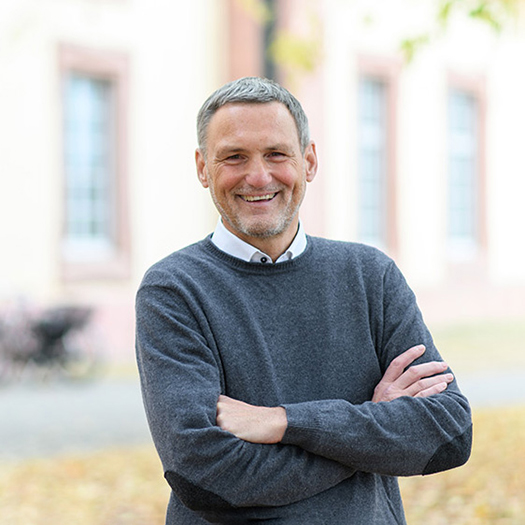University Degrees Continue to Pay Off – Apprenticeships Regain Appeal
ResearchZEW Study on Wage Gaps after Higher Education Expansion
The higher the level of education, the higher the wages. This statement still holds true today, even though the wage gaps between academic and vocational qualifications have been narrowing for some time. This trend is making vocational professions more attractive again, as revealed by a study on the impact of the expansion of higher education, i.e. the increasing percentage of university entrants, conducted by ZEW Mannheim in collaboration with the German Centre for Higher Education Research and Science Studies (DZHW). The researchers illustrate how the wage gaps between individuals with university degrees and those with vocational training have evolved separately for women and men from 1996 to 2021, using data from the Socio-Economic Panel (SOEP).
“Since 2015, the number of university graduates has only slightly increased. At the same time, the wage gap with individuals holding vocational qualifications has decreased, reaching mid-90s levels for women. This is the period when the wage gap started to rise, and the academisation of women advanced. The narrowing wage gap with workers who have completed an apprenticeship initially acts as a disincentive to further expansion of higher education. Nevertheless, a university degree still promises a decent educational return for many young people,” explains Dr. Jessica Ordemann, co-author and researcher at the German Centre for Higher Education Research and Science Studies in Hanover.
PD Dr. Friedhelm Pfeiffer, co-author and deputy head of ZEW’s “Labour Markets and Social Insurance” Unit, highlights the advantages of a traditional apprenticeship: “Apprenticeships are regaining appeal as many companies offer higher wages to be more attractive on the job market. Therefore, it is the responsibility of both policymakers and companies to continue to enable young people to embark on sustainable and long careers against a background of changing skill requirements and new challenges, by investing sufficiently in academic and vocational education.”
Causes of decreasing wage gap: minimum wage and remote work
The expansion of higher education led to increased competition among university graduates, contributing to the reduction of the median wage gap with workers holding apprenticeships. However, other factors also played a role.
Firstly, as part of the academisation trend, more people with a less pronounced preference for university studies enrolled. Secondly, the lower and middle-income groups benefited from the introduction of the minimum wage in 2015, likely contributing to the narrowing of the wage gap. A third cause is the shift in study choices towards humanities and social sciences until 2010. These disciplines, which experienced significant growth, can slow down wage growth due to their average salaries being lower than those in engineering, natural sciences, and economics. Lastly, the widespread adoption of remote working, disproportionately used by academic professionals, helped save commuting costs and time. The savings may have been shared between employees and companies, contributing moderately to the reduction in the wage gap.
About the study
In the study, the researchers compare the wage gaps between individuals with a university degree, a degree from a university of applied sciences, and a master craftman’s certificate, with those who have completed an apprenticeship, separately for women and men. Additionally, they examine the effects of the expansion of higher education since the year 2000 and to what extent the recent academisation has had a demonstrable impact on the wage gaps between different educational groups.
About the Socio-Economic Panel (SOEP)
The SOEP is a study representative for Germany that has been collecting longitudinal data from all adults in private households since 1984. The data for each person covers a wide range of topics, including education, employment status, working hours, and wages. With the help of SOEP, economic as well as societal changes can be observed and analysed.



